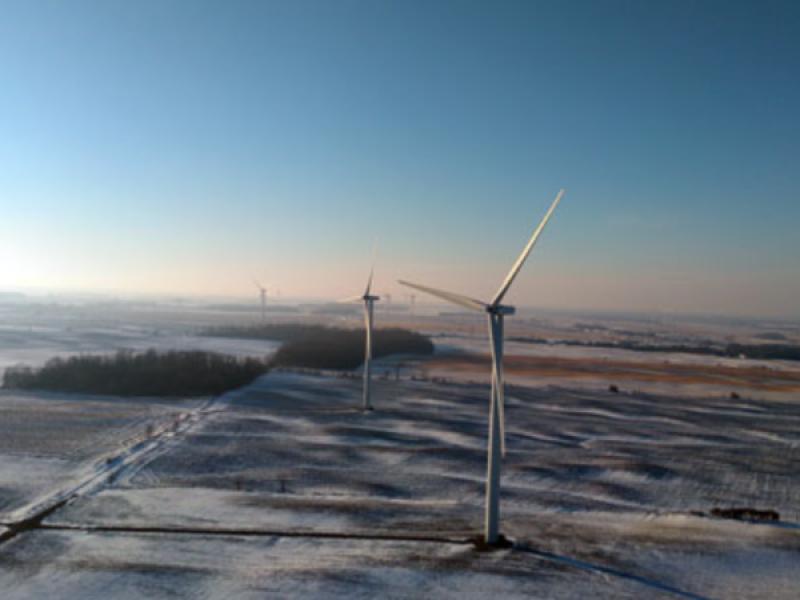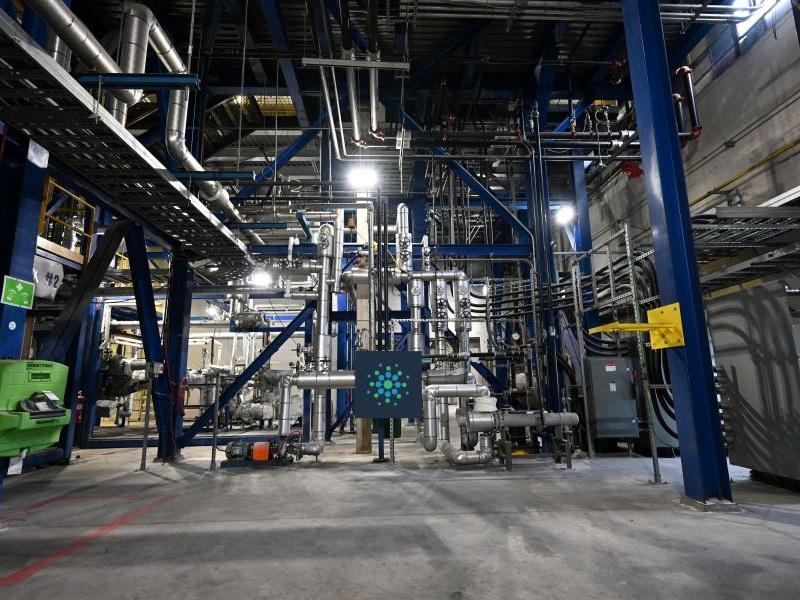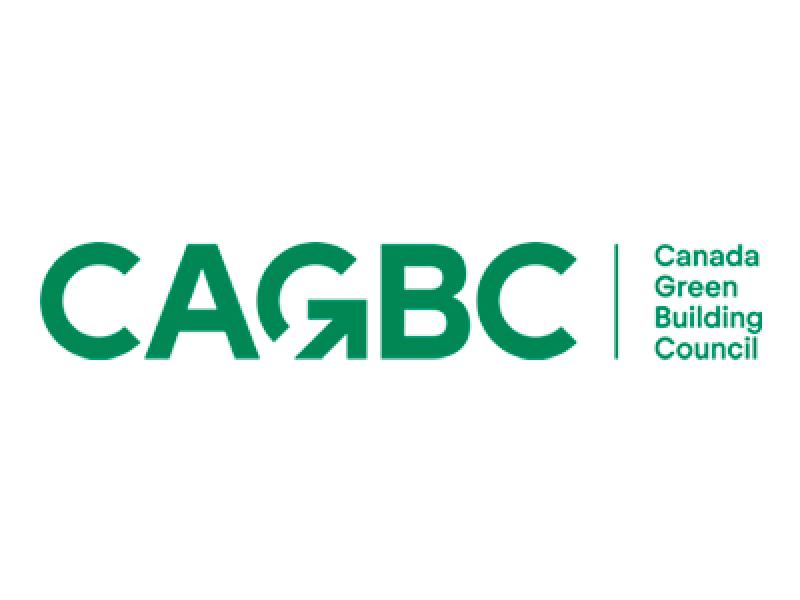
The Canadian railway industry is reducing greenhouse gases and air pollutants, according to a report by a major industry association, with emissions for some types of operations falling despite rising activity.
The Ottawa-based Railway Association of Canada (RAC) published its latest Locomotive Emissions Monitoring report, which covers its emissions goals for 2018 to 2022, using 2017 as a baseline.
“We want to tell the story of how rail is a green transportation option,” Jonathan Thibault, RAC’s manager of economics, data and research told Sustainable Biz Canada in an interview.
Reductions in greenhouse gas emissions from Class 1 freight transportation exceeded the target set for 2022, while intercity passenger travel did not meet expectations, and climate-warming pollution from regional and shortline operations increased.
RAC represents most of Canada’s railways, Thibault said, with national and regional members such as CN, CPKC, VIA, Metrolinx, and NBM Railways. Its members transported approximately $380 billion in freight and 3.36 million passengers in 2022.
Where and how Canada’s railways reduced emissions
Railways were responsible for one per cent of Canada’s greenhouse gas emissions in 2023, according to Canadian government data.
Class 1 freight, moved by the largest operators in Canada such as CN and CPKC, experienced a 6.99 per cent reduction in greenhouse gas emissions intensity. Thibault said investments into low-carbon fuels and technology such as anti-idling devices have made an impact.
Since 2005, the emissions intensity from freight has fallen 26.7 per cent, despite revenue traffic rising 24.3 per cent at the same time. Though the RAC could not quantify how specific initiatives or economic events have influenced the decrease, it measures emissions intensity to better account for fluctuations in activity, Thibault added.
For intercity passenger railways, the greenhouse gas emissions intensity fell 4.68 per cent from 2017 to 2022, falling short of a six per cent decrease target. In 2022, the greenhouse gas intensity nearly reached the target, at 0.093 kilograms of CO2 emissions per passenger kilometres (kg CO2e per passenger-km) compared to the goal of 0.092 kg CO2e per passenger-km. Thibault expects the 2023 figure, which was not in the report, to show further improvements.
Thibault noted the goal was met in 2019, but the COVID pandemic struck. As fewer passengers travelled by train, the greenhouse gas emissions per passenger increased.
“Whether there’s 50 people or 100 people on a train, the fuel consumption is going to be pretty similar, but you’re only moving half as many people.”
Regional and short-line routes showed the least progress, with emissions rising. Against a target of a three per cent decrease, emissions intensity rose 1.48 per cent from 2017 to 2022.
To explain the shortfall, Thibault said those operations often see shifts due to the diversity of operators.
Absolute emissions from RAC members have fallen 8.6 per cent from 2005, going from 6,607 kilotonnes of carbon dioxide equivalent (CO2e) to 6,037 kilotonnes CO2e.
A 2022 report authored by the RAC, Pollution Probe and the Delphi Group found Canada’s railways have reduced emissions intensity by 25.1 per cent since 2005.
Taking on air pollutants
Pollutants that affect air quality and health also have been cut by RAC members, despite an overall increase in traffic.
Since 2005, nitrogen oxides fell 47.6 per cent, particulate matter by 61.4 per cent, hydrocarbons by 55.1 per cent and sulphur oxides by 99 per cent.
“Pretty remarkable” progress has been made on reducing localized pollution, Thibault said.
What the decarbonization investments look like
Billions have been invested by railways, and decarbonization has been a focus. The report lists three initiatives among others:
- CN purchasing 53 fuel-efficient locomotives in 2022;
- CP investing approximately $514 million in its locomotive modernization and retrofitting program, saving around 12 million litres of fuel per year, which is equal to approximately 35,000 tonnes of greenhouse gas emissions saved; and
- VIA Rail’s trains for the Québec City-Windsor corridor that have reduced particulate matter and nitrogen oxide emissions by 85 per cent to 95 per cent;
Railways are using renewable fuels such as biodiesel blends and renewable diesel blends to further cut emissions. CP saved almost 140,000 tonnes of CO2e using renewable fuels in 2022. The company is also testing renewable fuel blends such as 100 per cent bio-based diesel fuel.
Hydrogen is emerging as a new clean fuel option as well, Thibault noted. CP demonstrated North America’s first line-haul hydrogen-powered locomotive using fuel cells and batteries in 2022, the report said. The Southern Railway of British Columbia Ltd. has tested a hydrogen switcher locomotive trial in collaboration with the University of British Columbia-Okanagan.










